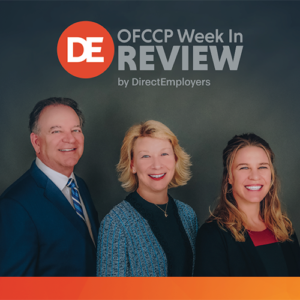 The DE OFCCP Week in Review (WIR) is a simple, fast and direct summary of relevant happenings in the OFCCP regulatory environment, authored by experts John C. Fox, Candee Chambers and Jennifer Polcer. In today’s edition, they discuss:
The DE OFCCP Week in Review (WIR) is a simple, fast and direct summary of relevant happenings in the OFCCP regulatory environment, authored by experts John C. Fox, Candee Chambers and Jennifer Polcer. In today’s edition, they discuss:
- President Trump Issues Executive Order Requesting Agency Heads to Review Contractor Use of Temporary Foreign Labor or Services
- ICE Relaxes Form I-9 “Physical Presence” Requirement to September 19
- New Mental Health Tools in the Workplace: A Practical Guide for Business
- USDOL Outlines Breastfeeding Protections in the American Workplace
- EEOC Republican Commissioners Vote for Transparency; Lone Democrat Commissioner Dissents
- USDOL Published a COVID-19 Return to Work Checklist for Food Manufacturers
- EEOC to Discuss its Section 707 “Pattern or Practice” Authority
- “Decluttering the Department of Labor”
- Another Handy Checklist: Disability Inclusion for eRecruiting Systems
Late Notice: Monday, August 3, 2020: President Trump Issues Executive Order Requesting Agency Heads to Review Contractor Use of Temporary Foreign Labor or Services

Specifically, the head of each federal executive department and agency is required to review whether contractors, including subcontractors:
- used temporary foreign labor in the performance of the federal contract or subcontract, and if so the nature of the work being performed by temporary foreign labor;
- whether the use of any such temporary foreign workers had any adverse effect on job opportunities available to American workers;
- whether the use of temporary foreign workers had any potential effect on national security; and
- whether contractors, including subcontractors, performed services outside the United States that were previously performed in the United States, and whether such offshoring impacted job opportunities for American workers.
Within 120 days of August 3rd (i.e. not later than December 1, 2020), the head of each federal agency to which EO 13940 applies must then submit a report to the Director of the Office of Management and Budget (“OMB”) summarizing the results of their agency’s review. If necessary, the agency head must also recommend corrective actions the agency may undertake to offset the impact of the agency’s contracting on American workers.
Upon close examination, the Executive Order’s practical implications are limited. First, the Executive Order’s instruction to department heads to review contracts is limited to what is practicable; in other words, there is no mandate to review every contract or subcontract from fiscal years 2018 and 2019, or even some minimum number of contracts. If the department head finds it impractical to review contracts from fiscal years 2018 and 2019 due to unavailability of resources within the time provided for review, the department could apparently review no contracts without sanction.
Second, even if a federal department head did review some contracts or subcontracts, the Executive Order’s instructions are more analogous to the request for a study on the performance of these contracts to determine what the Administration can do in the future to assist American workers to become employed on federal contracts or subcontracts (without defining any jurisdictional limits as to what “contracts” or “subcontracts” are subject to review or potential future regulatory action). In other words, there is no identification of any punitive actions any federal agency would take against contractors or subcontractors for the use of temporary foreign workers in the performance of these 2018 or 2019 agreements.
Third, the federal Courts have previously struck down the Administration’s previous attempts to limit the use of H-1B workers. This new attempt may be subject to the same judicial review, especially given the lack of any clear definitions or the identification of any reasoned justification for the Executive Order.
Furthermore, the Executive Order is nebulous as to what actions agencies can undertake even if one or more were to find that the use of temporary foreign labor “adversely affected” American workers (what is “adverse” is undefined in the Executive Order, and unclear). The Executive Order does provide, however, that the Secretary of Labor and the Secretary of the Department of Homeland Security (DHS) may, within 45 days of August 3rd (i.e. on or before September 17, 2020), take action appropriate and consistent with applicable law to ensure compliance with Section 212(n)(1) of the Immigration and Nationality Act. However, the timeframe during which the Secretary of Labor and the DHS Secretary may act is well before any of the reports are finally due from the federal department heads. Thus, it is most likely that the Secretaries of Labor and DHS would have no evidence of H-1B violations upon which to proceed as to any contract or subcontract under review before their commissions under this Executive Order time out. Moreover, the only action the Executive Order charges the Labor and DHS Secretaries to undertake would be to ensure compliance with existing H-1B employment law. Accordingly, the Executive Order requests oversight and prosecution actions that are already authorized as to requirements with which contractors and subcontractors are already obligated to comply.
What does this mean for contractors and subcontractors? For now, contractors and subcontractors awarded a federal contract or subcontract during fiscal years 2018 or 2019 and using H-1B visa workers or performing services related to the contract outside the United States (a very narrow set of entities) should gather their documentation related to the use of any temporary foreign workers or offshoring of services should a federal agency contact them for information. These contractors and subcontractors should also consult with their immigration counsel to ensure proper compliance with the H-1B visa application process for any temporary foreign workers in their employ working on a federal contract.
Tuesday, August 18, 2020: ICE Relaxes Form I-9 “Physical Presence” Requirement to September 19
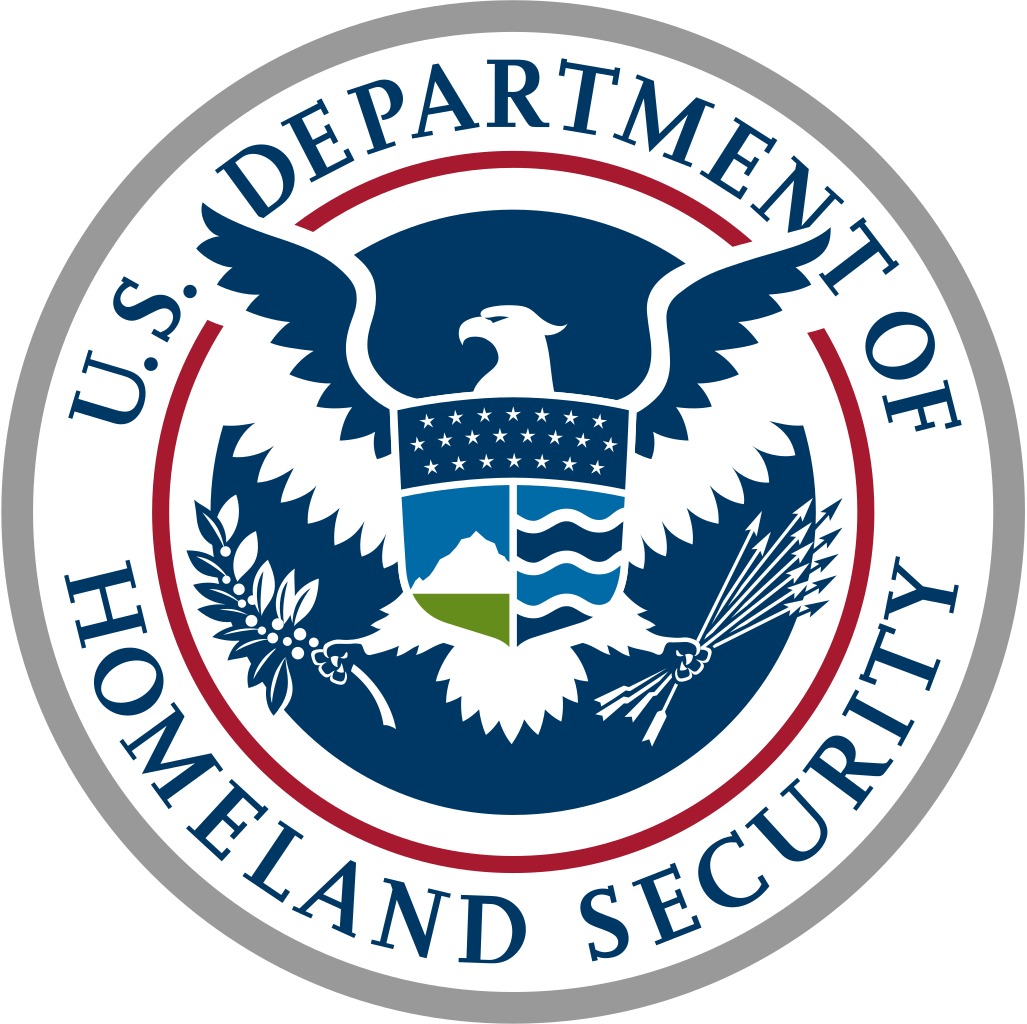
Tuesday, August 18, 2020: New Mental Health Tools in the Workplace: A Practical Guide for Business
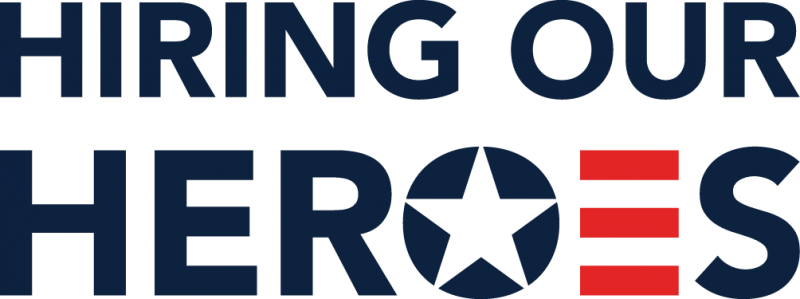
Tuesday, August 18, 2020: USDOL Outlines Breastfeeding Protections in the American Workplace
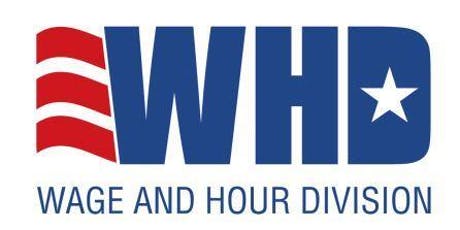
The blog spotlights the following resources:
Tuesday, August 18, 2020: EEOC Republican Commissioners Vote for Transparency; Lone Democrat Commissioner Dissents

BACKGROUND: When the Commission makes a determination that it has reasonable cause to believe a covered employer has violated Title VII of the 1964 Civil Rights Act, Section 706(b) of the Act [42 U.S.C. §2000e–5(b)] requires the EEOC “to eliminate [the] alleged unlawful employment practice by informal methods of conference, conciliation, and persuasion.” Despite the EEOC’s efforts to promote voluntary resolutions, the Commission’s conciliation efforts, however, typically resolve fewer than half of the charges as to which it has made a reasonable cause finding. (Compare OFCCP’s 99%+ conciliation rate, year-in and year-out).
The proposed changes to the EEOC’s conciliation processes contain certain new “transparency” provisions which employee advocates have deemed controversial. These proposed reforms include the requirement that EEOC negotiators engaged in the conciliation process fully explain the reasons Commission investigators have found cause and to supply the names of witnesses on whose testimony the Commission has reportedly relied to support its cause determination.
The Commission majority (Chair Janet Dhillon and Commissioner Victoria Lipnic-both Republican Commissioners) reasoned that the Commission is proposing to amend its procedural rules governing conciliation “…to enhance its effectiveness and to create accountability and transparency in the conciliation process.” However, according to a statement dissenting Commissioner Charlotte Burrows (currently the lone Democrat on the Commission) published following the Commission vote:
“The proposed guidelines are deeply flawed…It would adopt burdensome requirements that the Supreme Court has unanimously held are unnecessary. Worst of all, it would require the Commission to disclose privileged information and reveal the names of witnesses and victims brave enough to aid our investigations.”
[Editor’s Note: Commissioner Burrows is referring to the SCOTUS decision in the case of Mach Mining, LLC v. EEOC. In a great disappointment for employers, the SCOTUS’ Mach Mining decision held only that Title VII’s conciliation requirement required the EEOC to merely:
“…inform the employer about the specific allegation, as the Commission typically does in a letter announcing its determination of “reasonable cause.” *** Such notice properly describes both what the employer has done and which employees (or what class of employees) have suffered as a result. And the EEOC must try to engage the employer in some form of discussion (whether written or oral), so as to give the employer an opportunity to remedy the allegedly discriminatory practice.
So, the debate here is whether the Commission should exercise its discretion to go beyond the bare-bones disclosures about its settlement demands which Title VII requires and provide more detail to allow employers to more fully understand the quality of EEOC investigator findings and how the investigator calculated damages.
The EEOC expects to soon release the proposed conciliation guidelines to the public. The Commission will then seek input from the public on the question of whether the proposed amendments will result in additional challenges to the Commission’s conciliation efforts, and whether any such challenges would delay or adversely impact the Commission’s litigation, as critics charge.
Wednesday, August 19, 2020: USDOL Published a COVID-19 Return to Work Checklist for Food Manufacturers
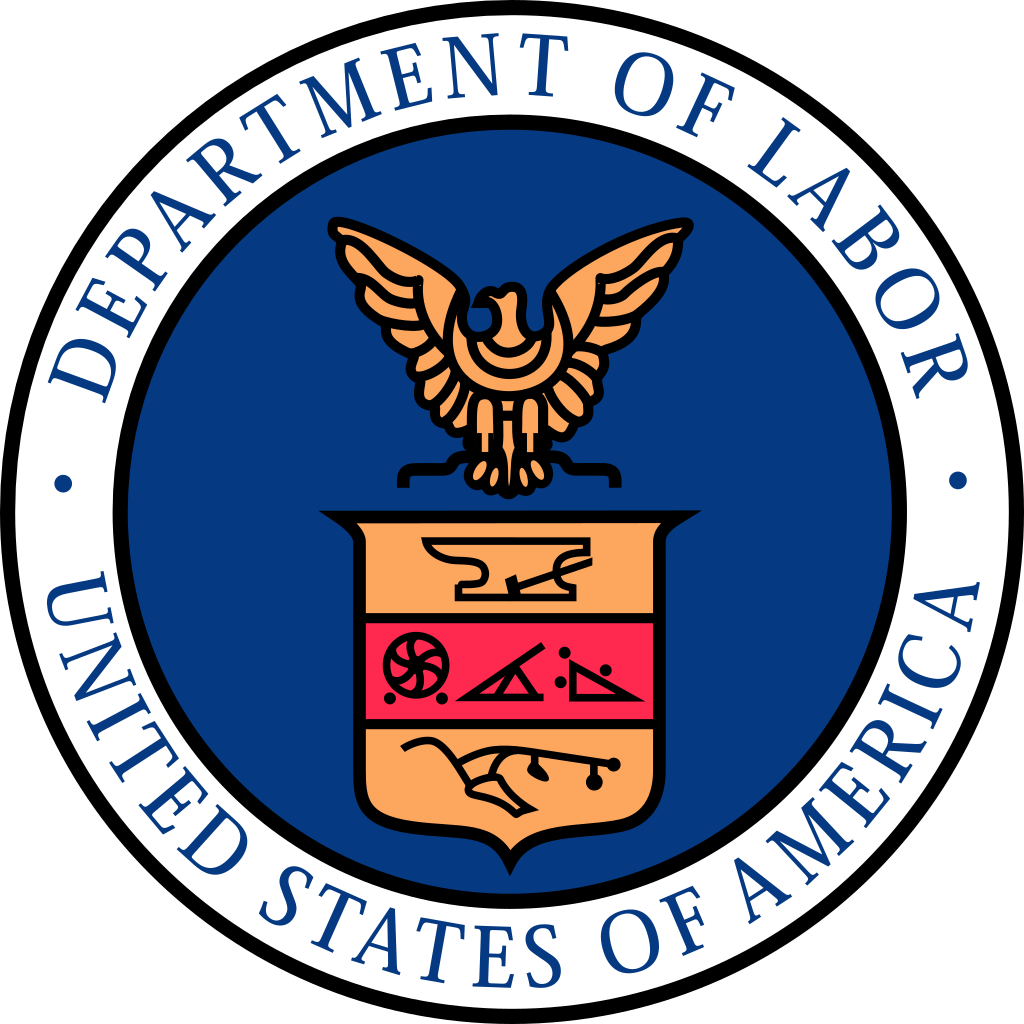
The checklist is useful for persons growing, harvesting, packing, manufacturing, processing, or holding human and animal food the FDA regulates. The checklist includes:
- how to ensure employee health and a safe workplace;
- how to investigate exposure and determine when an employee should be tested for the coronavirus; and
- how to configure the work environment to help minimize the risk of spreading the coronavirus among workers.
Food manufacturers can use this checklist in conjunction with other sector-specific information, such as guidance from the Centers for Disease Control and Prevention and OSHA for agriculture and meat and poultry processing workers and employers.
OSHA has published numerous alerts (most recently for Food Truck and Hair & Nail Salon employees) and advisories for various industries, including a 27-page booklet titled “Guidance on Returning to Work,” which assists employers as they reopen businesses and employees return to work.
Thursday, August 20, 2020: EEOC to Discuss its Section 707 “Pattern or Practice” Authority

Friday, August 21, 2020: “Decluttering the Department of Labor”

The PRO Good Guidance Rule, in accord with the order, requires that the Department use guidance appropriately, transparently, and in a manner that is accessible to the public. The Rule seeks to accomplish this by:
- providing that, for significant guidance involving impacts greater than $100 million, the Department will provide for notice-and-comment review of the guidance;
- requiring all Department guidance to be made available to the public in a searchable database at dol.gov/guidance;
- allowing the public to petition the Department on issues related to its guidance; and
- limiting the Department’s use of guidance to avoid potentially unfair conduct.
A copy of the Final Rule and a Fact Sheet are available on the Department’s website.
See also the op-ed U.S. Deputy Secretary of Labor, Patrick Pizzella, published.
Friday, August 21, 2020: Another Handy Checklist: Disability Inclusion for eRecruiting Systems
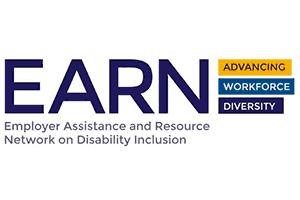
THIS COLUMN IS MEANT TO ASSIST IN A GENERAL UNDERSTANDING OF THE CURRENT LAW AND PRACTICE RELATING TO OFCCP. IT IS NOT TO BE REGARDED AS LEGAL ADVICE. COMPANIES OR INDIVIDUALS WITH PARTICULAR QUESTIONS SHOULD SEEK ADVICE OF COUNSEL.
SUBSCRIBE.
Compliance Alerts
Compliance Tips
Week In Review (WIR)
Subscribe to receive alerts, news and updates on all things related to OFCCP compliance as it applies to federal contractors.
OFCCP Compliance Text Alerts
Get OFCCP compliance alerts on your cell phone. Text the word compliance to 55678 and confirm your subscription. Provider message and data rates may apply.
